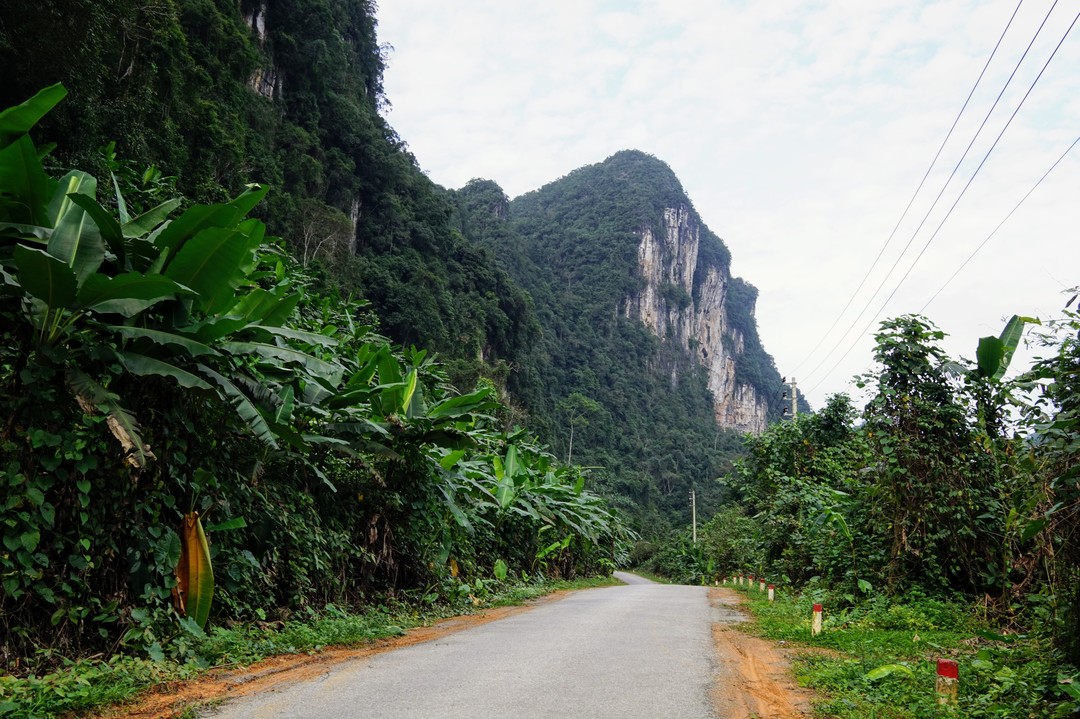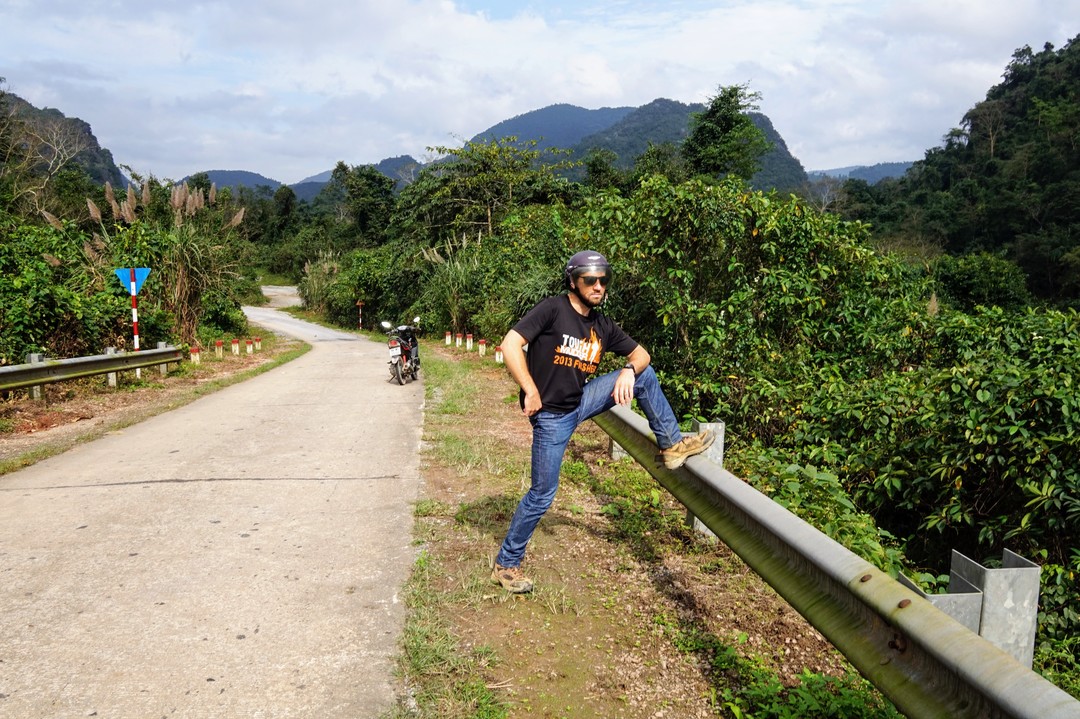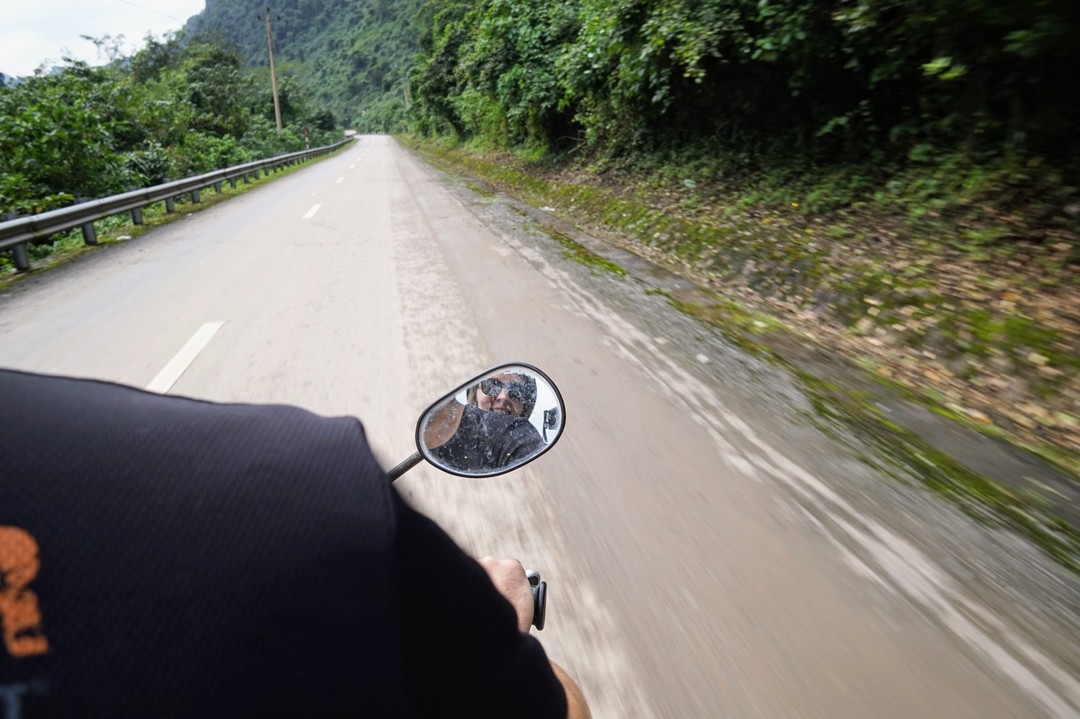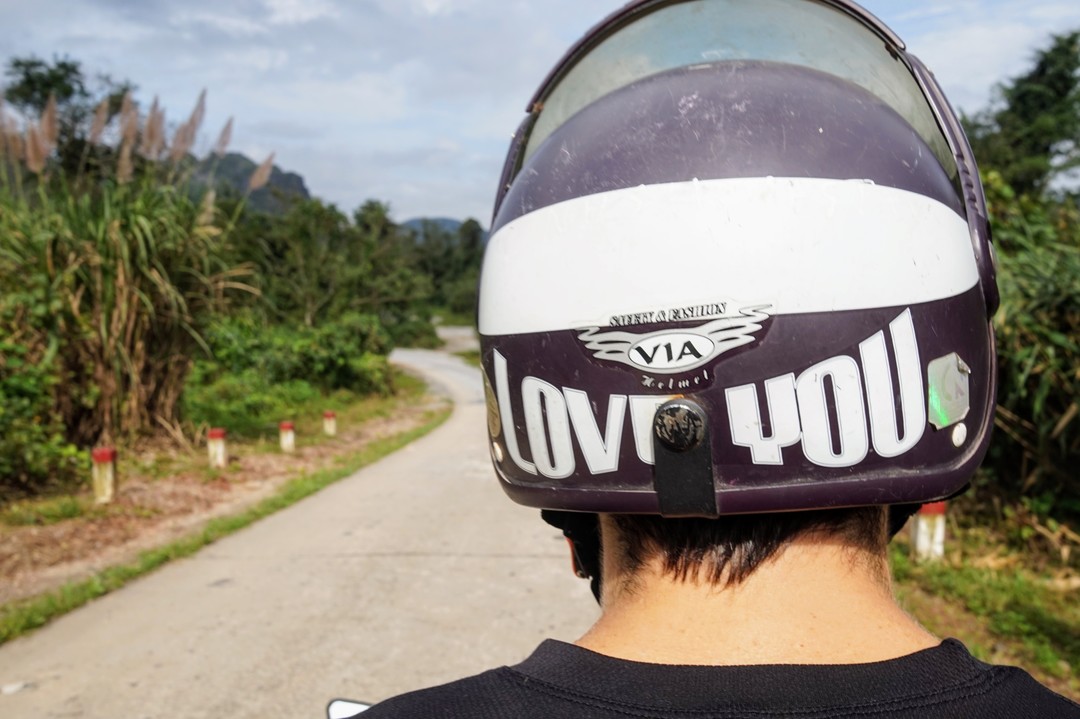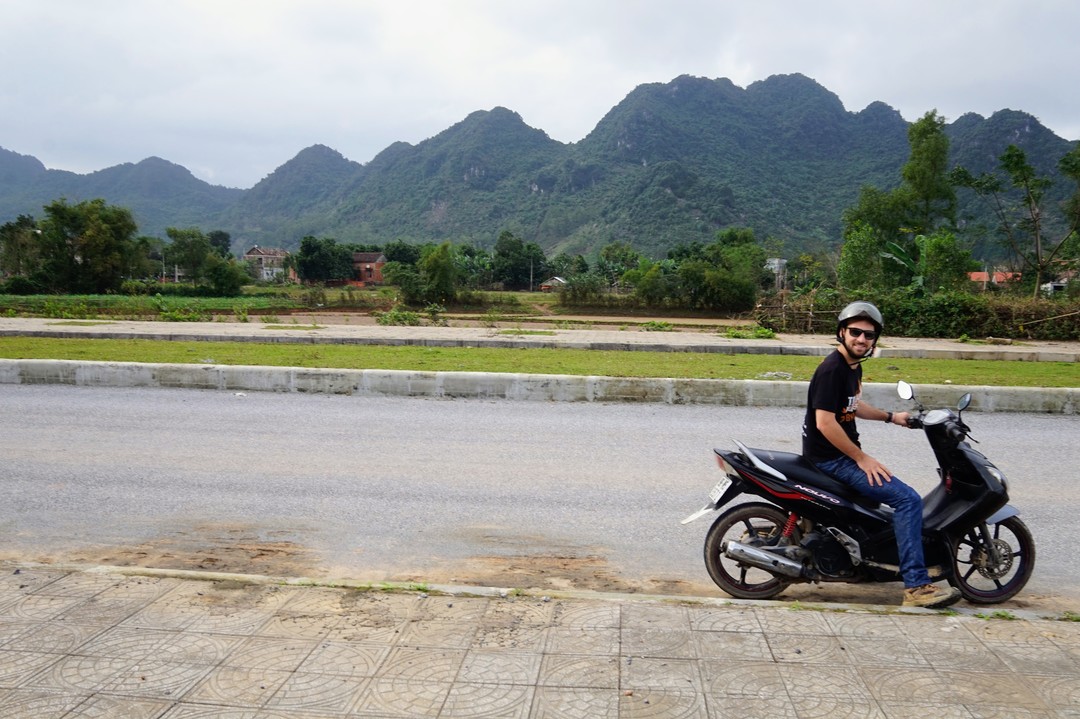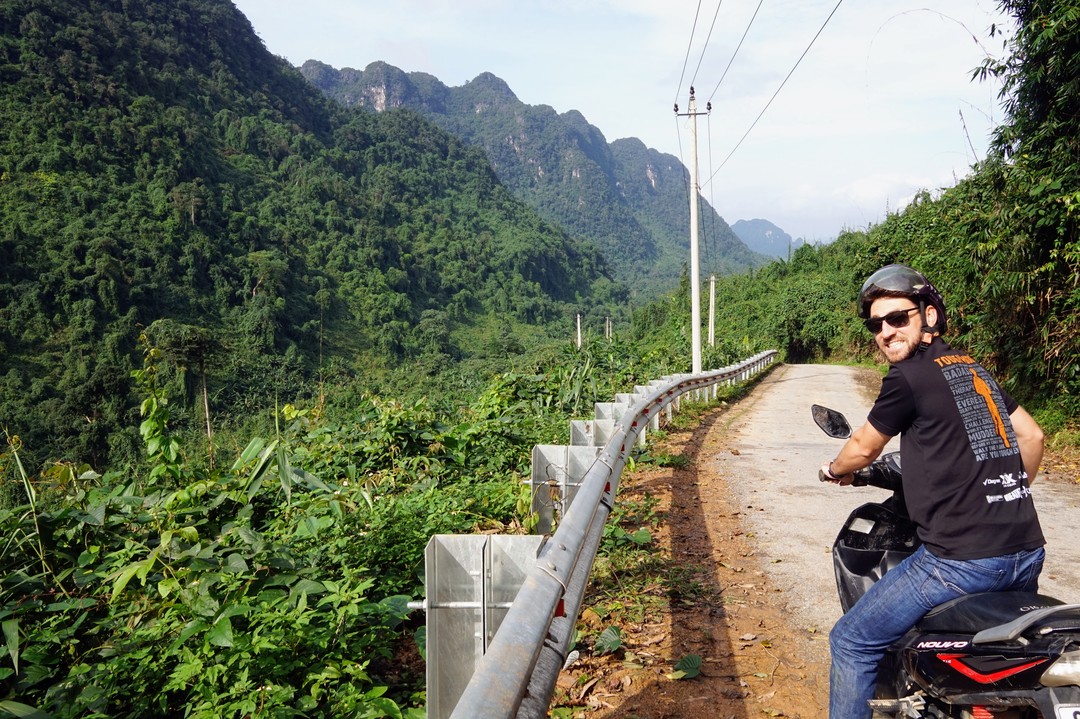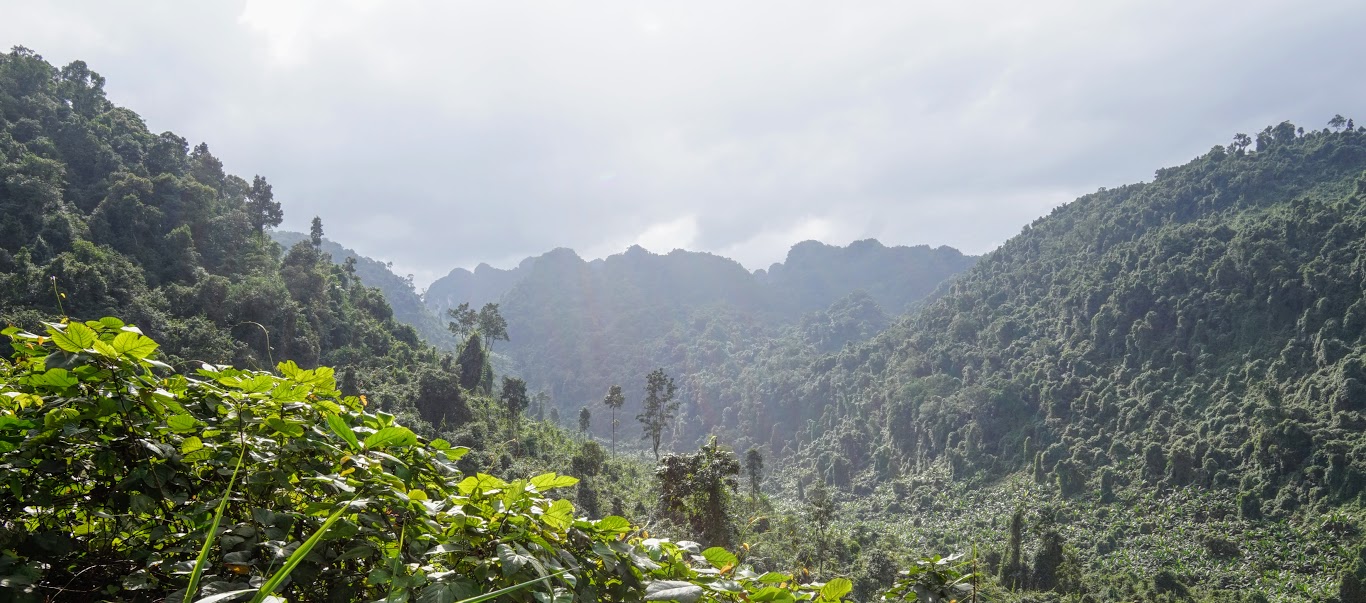To continue our outdoor activities, we headed south from Cát Bà to see the limestone peaks rising out of lush rice paddies in Tam Coc and to explore some of the giant caves in Phong Nha.
Tam Coc & Ninh Binh
Tam Coc is supposed to be a beautiful sea of lush green rice paddies with stunning limestone peaks shooting vertically skyward - that is, if you don’t visit during winter. When we arrived, the paddies were still mud pastures just starting to turn green and the sky was a dreary gray. Regardless, the limestone peaks made for an impressive landscape not unlike that of Halong Bay. We explored the region by scooter, weaving through rice paddies and between small towns. That evening we found a small local brewery in Ninh Binh - not a bad way to end the day!

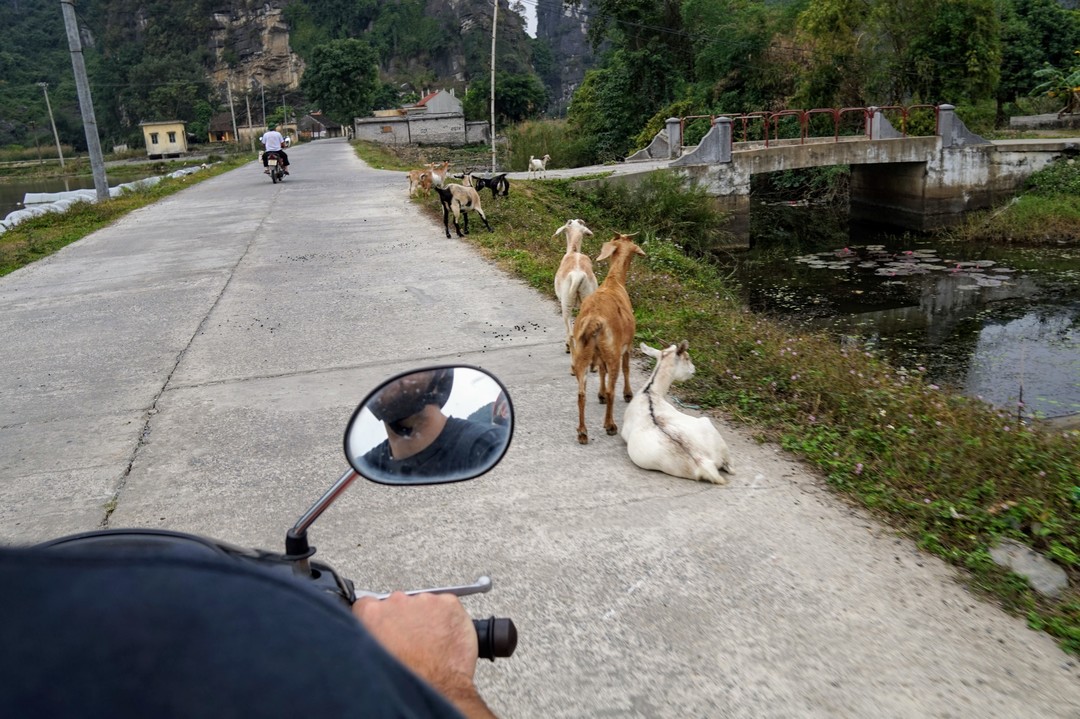
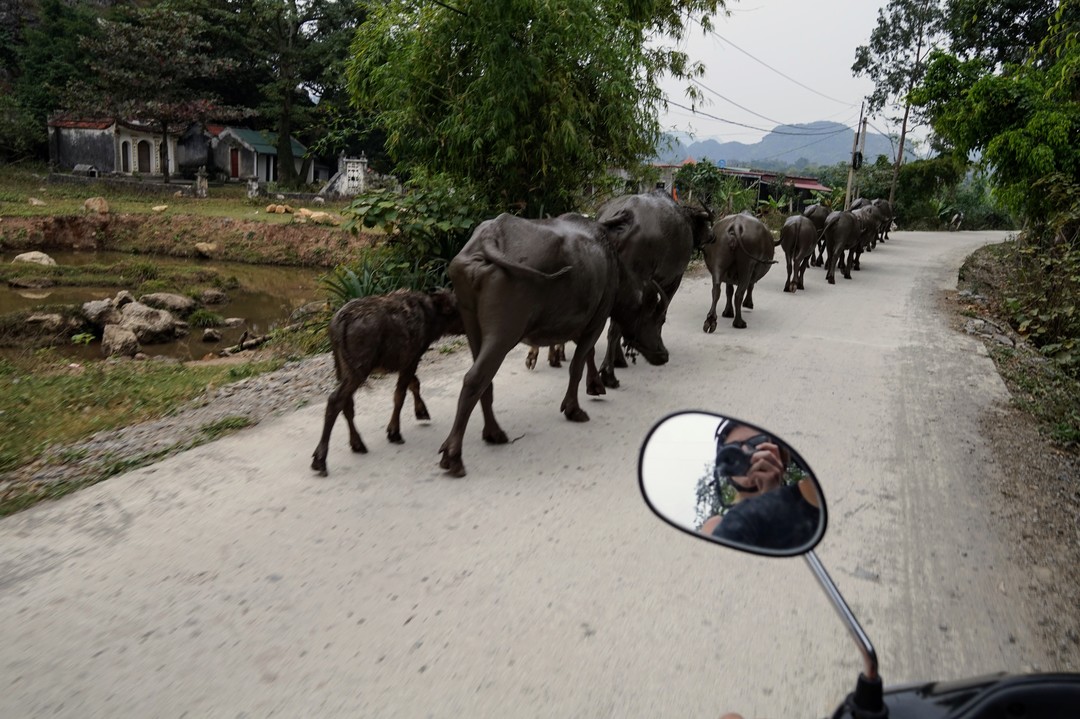
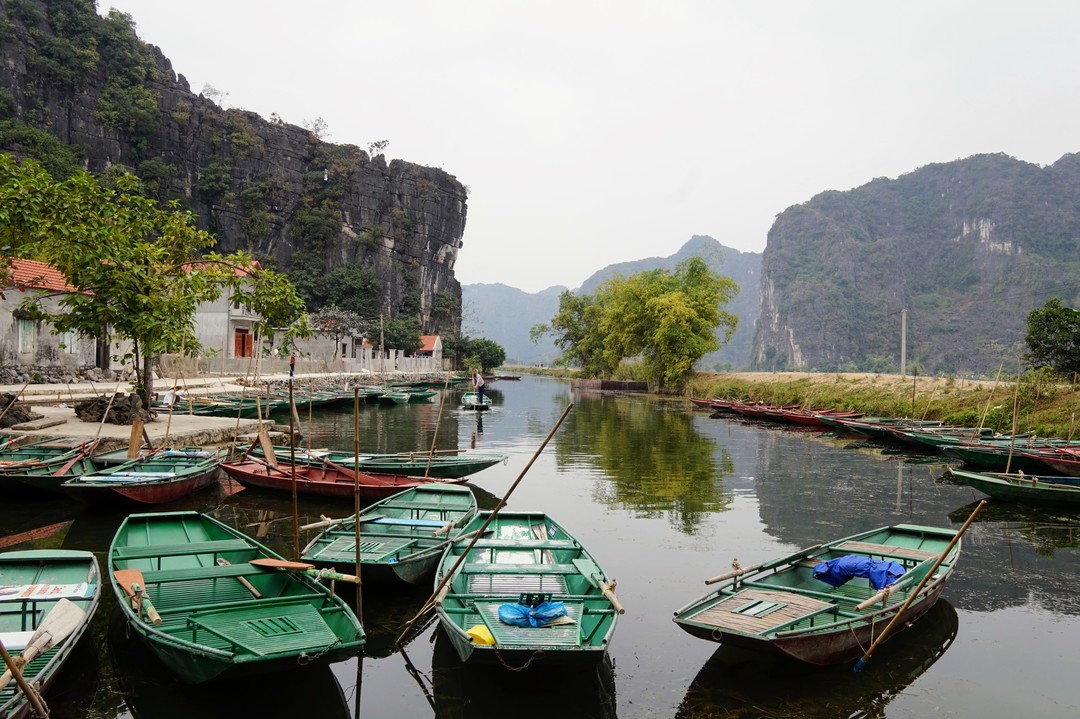
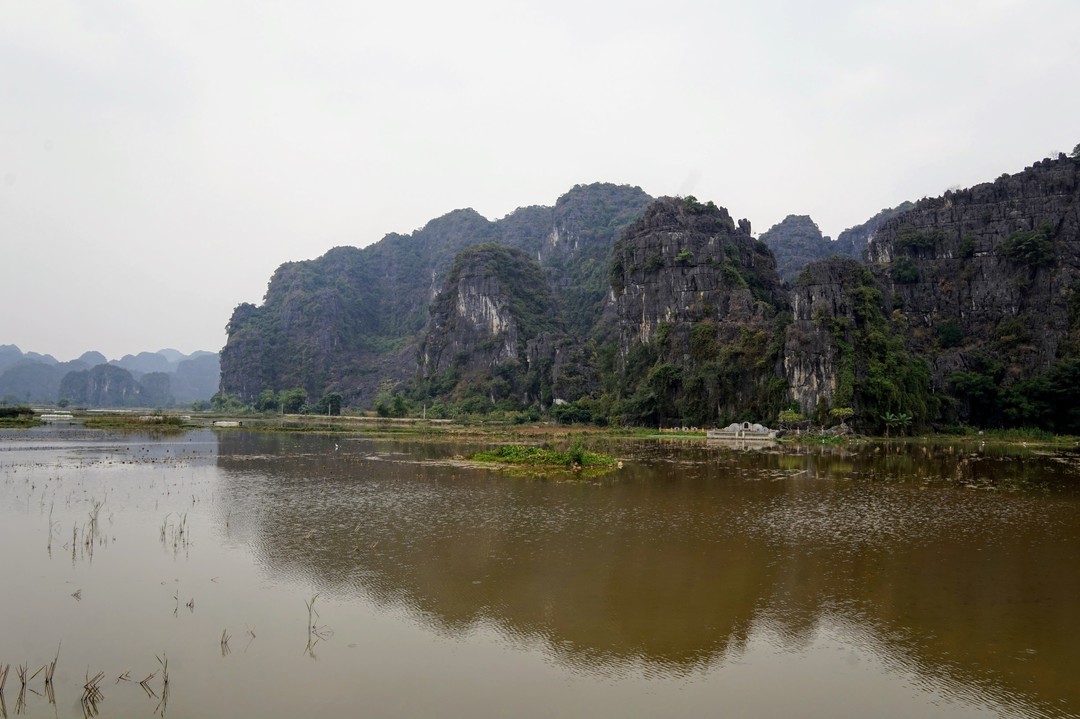
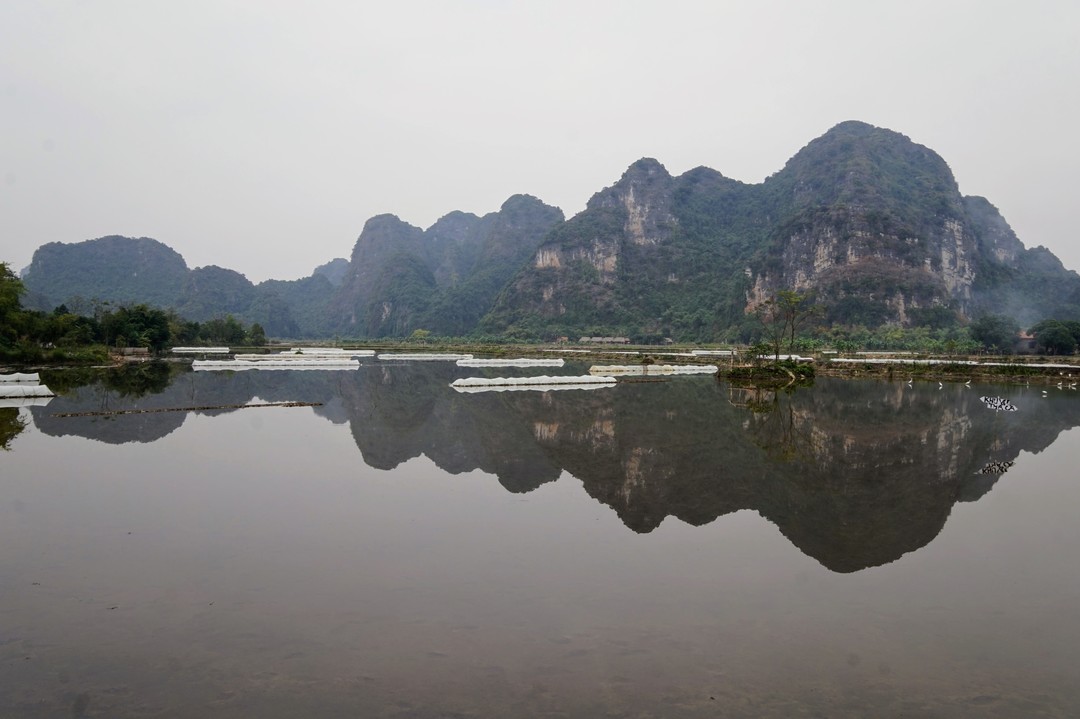
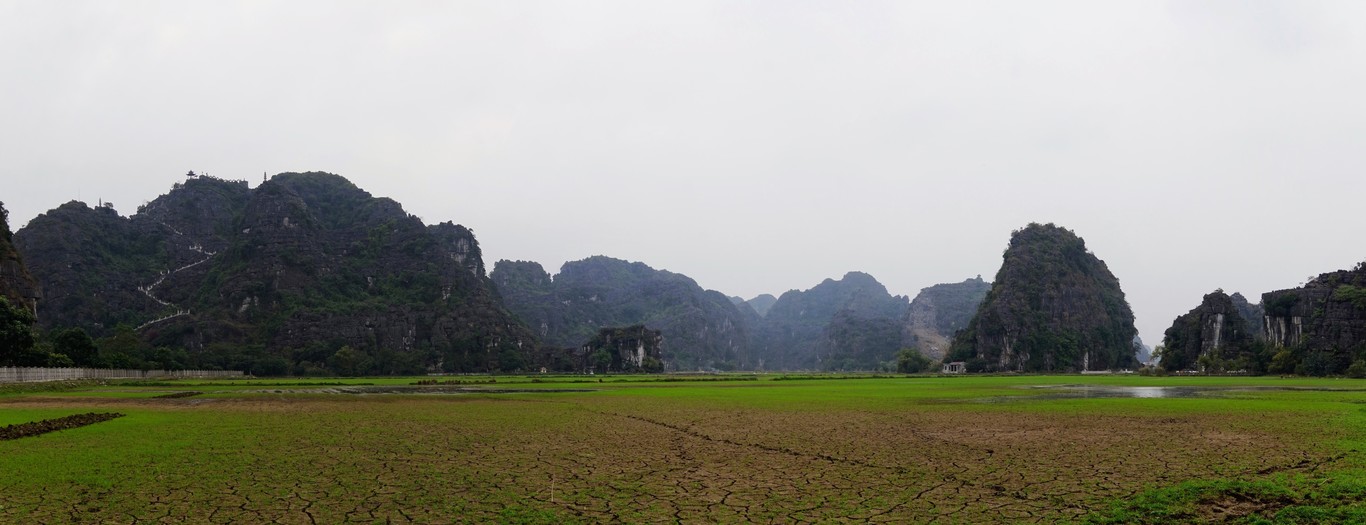
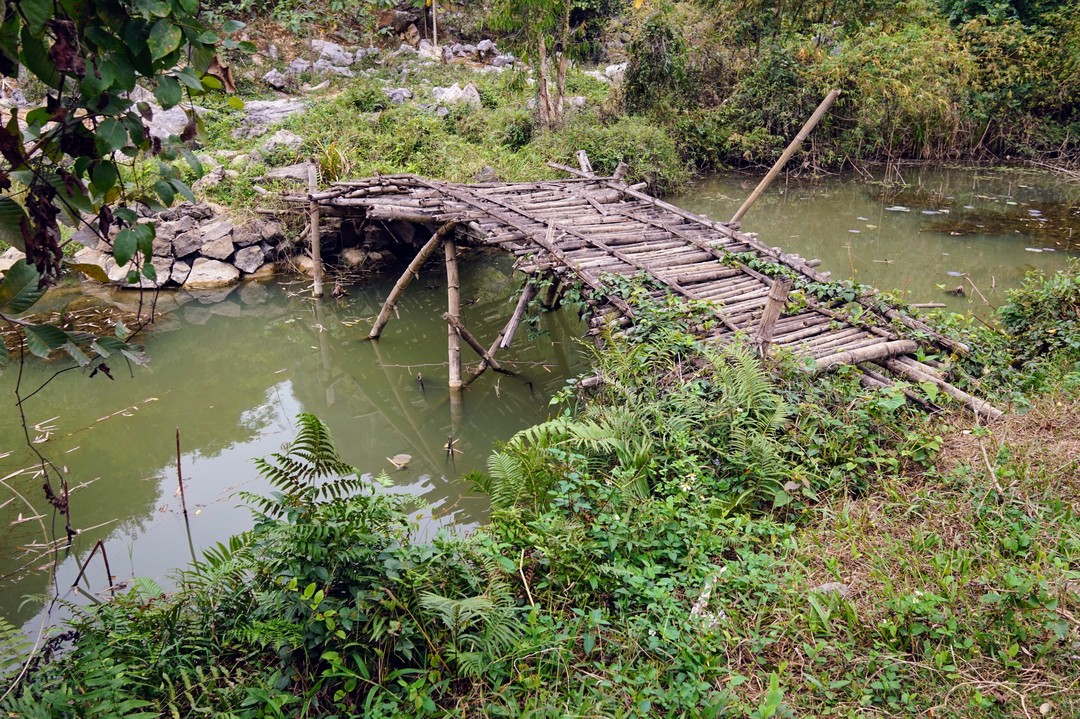
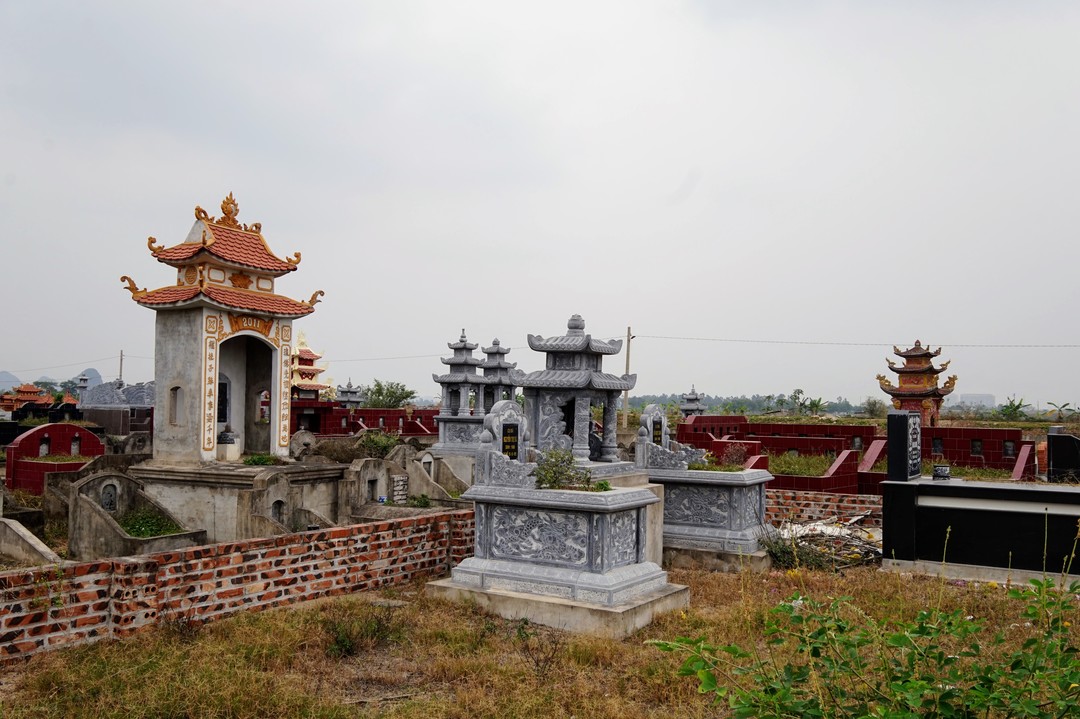
Travel tip: If you’re interested in visiting Vietnam but pressed for time, skip Tam Coc. Cát Bà and the Halong Bay area are more beautiful and have more activities to offer!
Phong Nha
We took a bus from Ninh Binh to Dong Hoi where we were supposed to connect with a local bus out to Phong Nha. As the travel gods would have it, our bus arrived in Dong Hoi after the last bus left so we followed some fellow travelers to a hostel and crashed for the night before catching another bus in the morning. Hooray for flexible travel plans!
Phong Nha is a small town along the western border of Vietnam near Laos. The Phong Nha-Kẻ Bàng National Park is home to over 300 caves and grottoes, including the largest cave in the world (Sơn Đoòng Cave) and the longest underground river. Our first foray into the park was via boat along the Son River to visit Phong Nha Cave. The boat ride is about thirty minutes from town and then travels about 1.5 kilometers into the cave, which is basically nothing considering the cave is 44.5 kilometers long! Due to its massive size, this cave was also used as a hideout, hospital, and for storage during the Vietnam War.
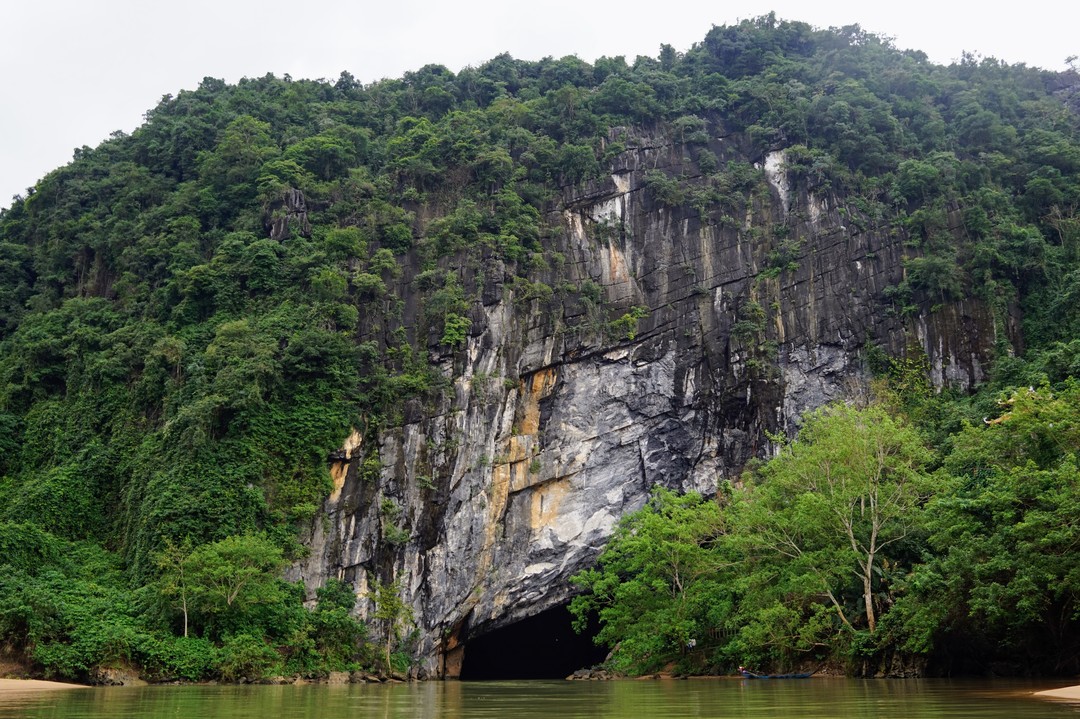
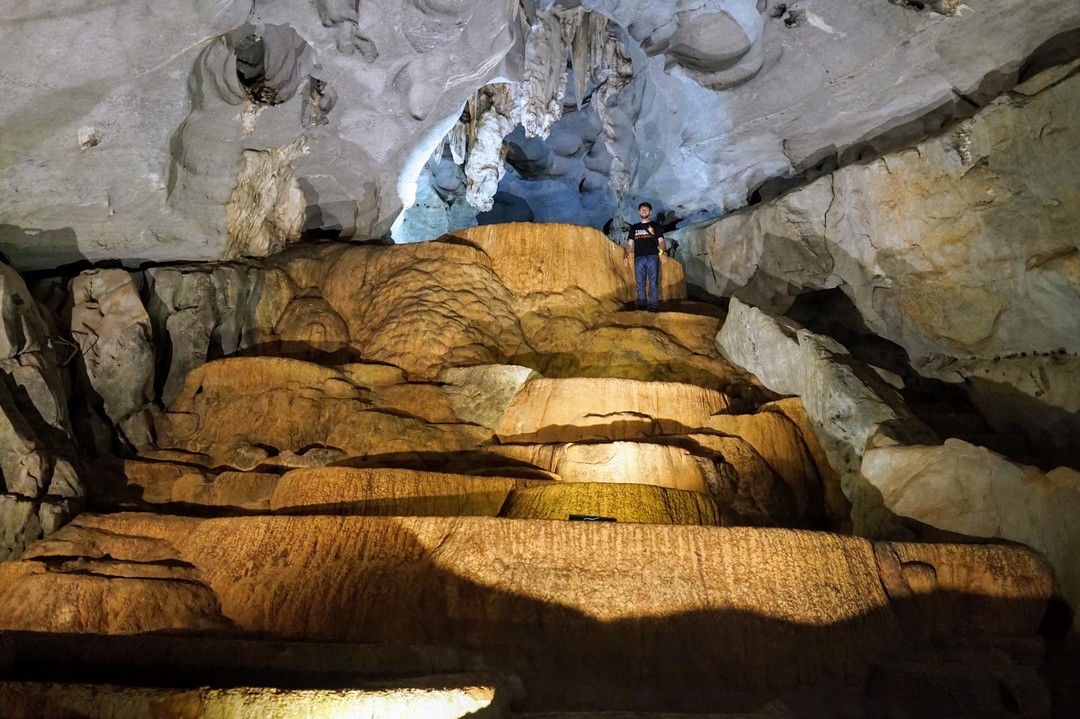
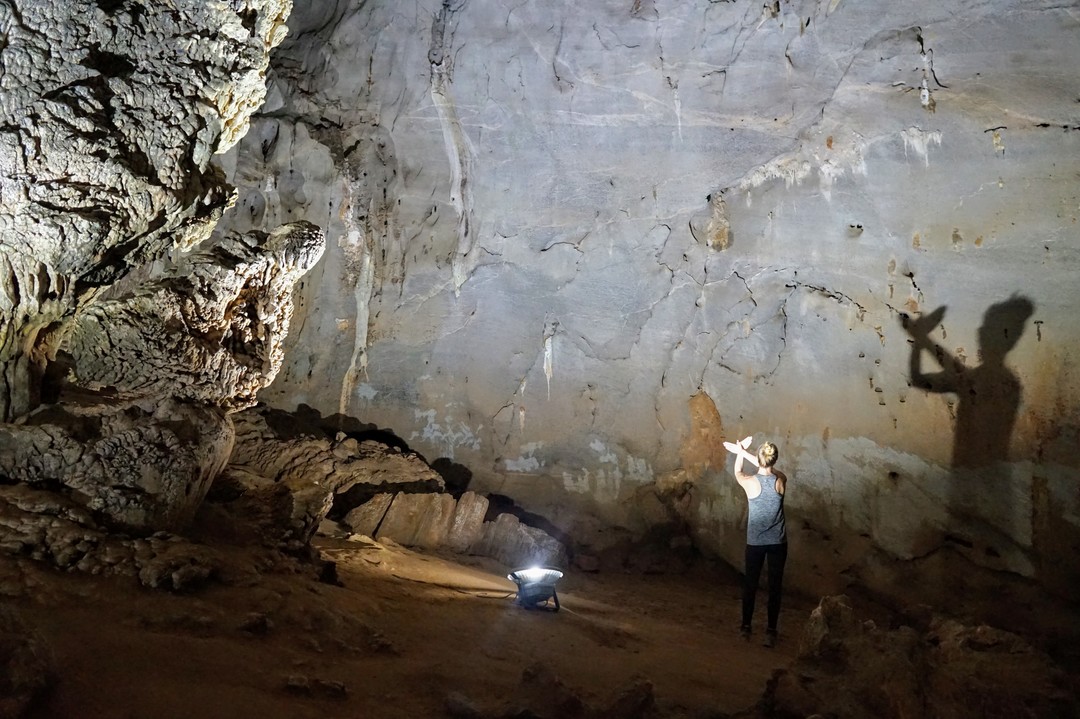
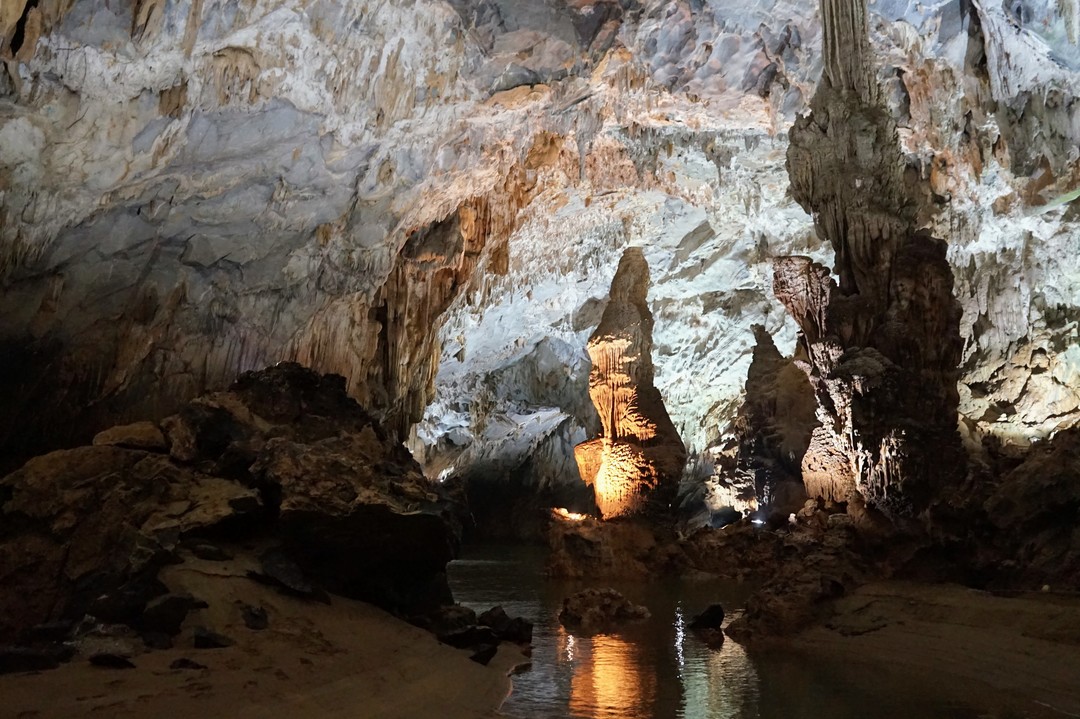
Our second day in Phong Nha, we rented a scooter to explore more of the national park and visit Paradise Cave. First discovered in 2005 and opened to the public in 2010, the cave is considered the longest dry cave in Asia and named so because of its beautiful interior. It is MASSIVE inside and contains spectacularly colored stalagmites and stalactites. This was easily the most impressive cave we have ever seen, plus it was fun to do some actual hiking through the cave and the surrounding park. But don’t worry: we stuck to the trails since the park has one of the highest concentrations of unexploded ordinances in the world, particularly on its border with Laos.
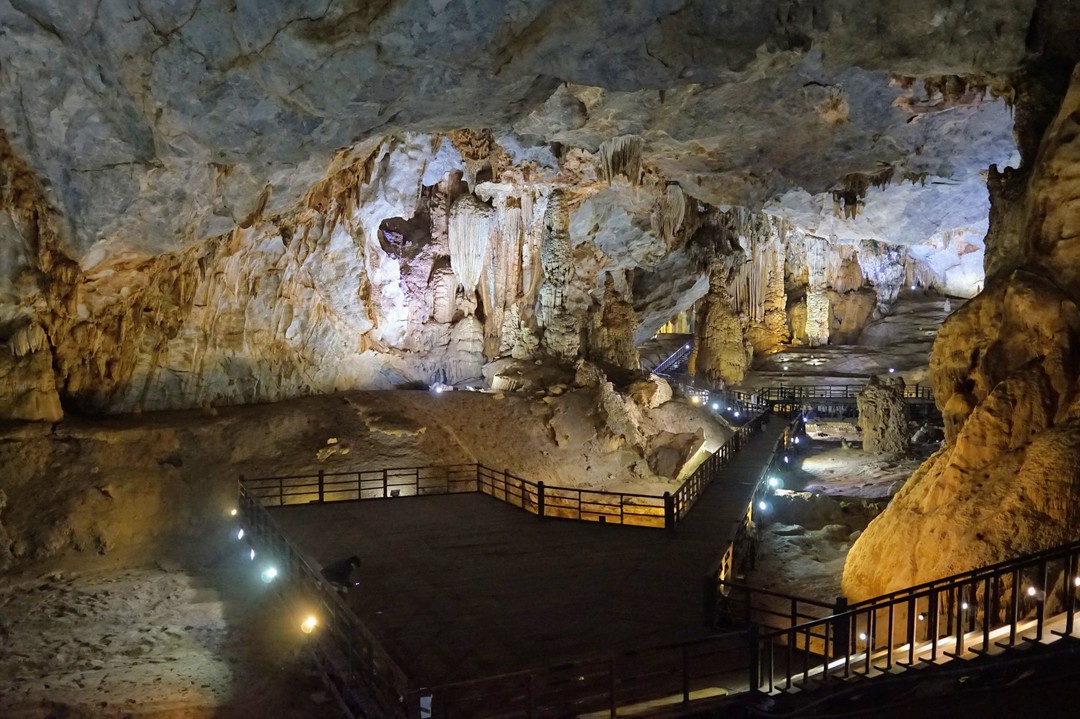
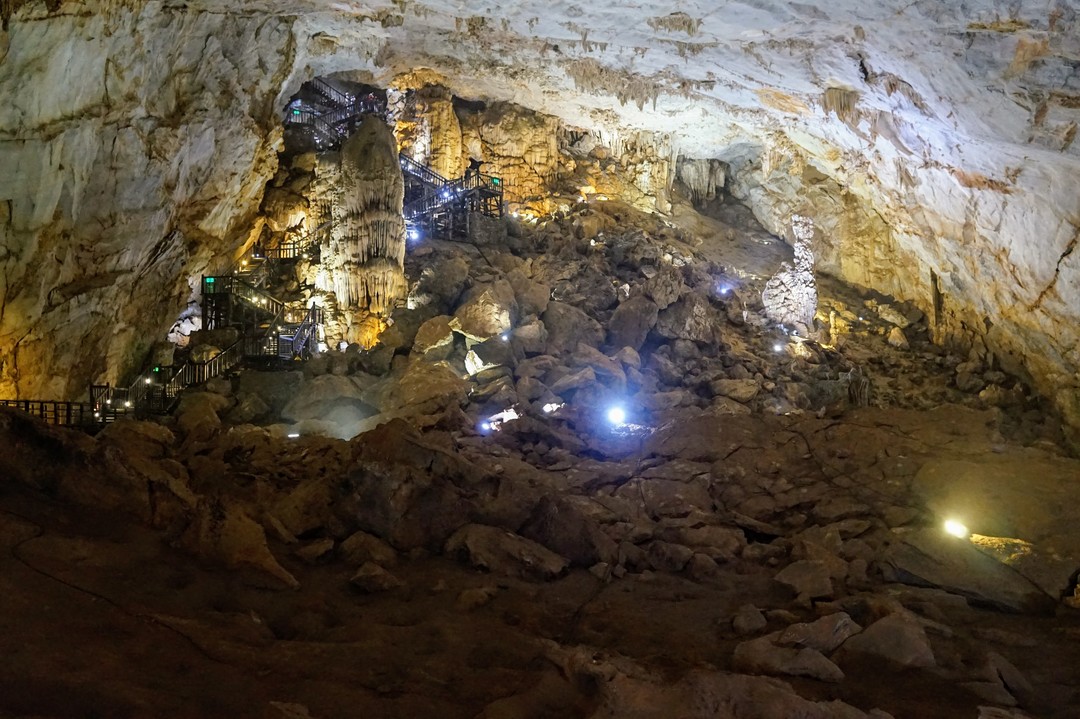
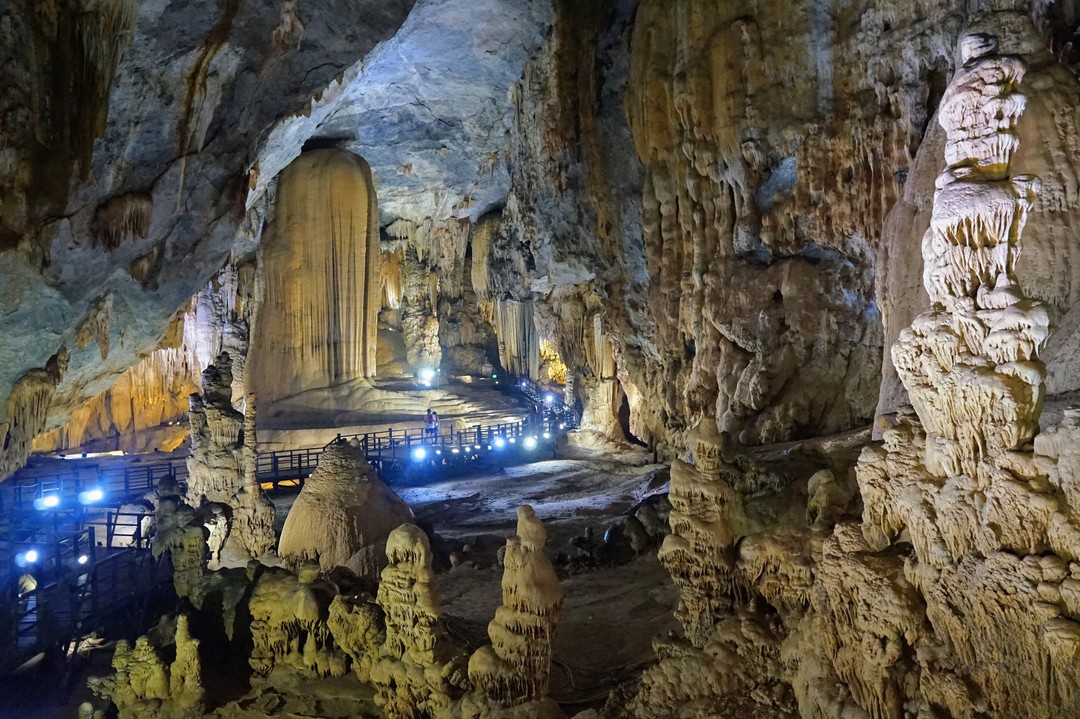
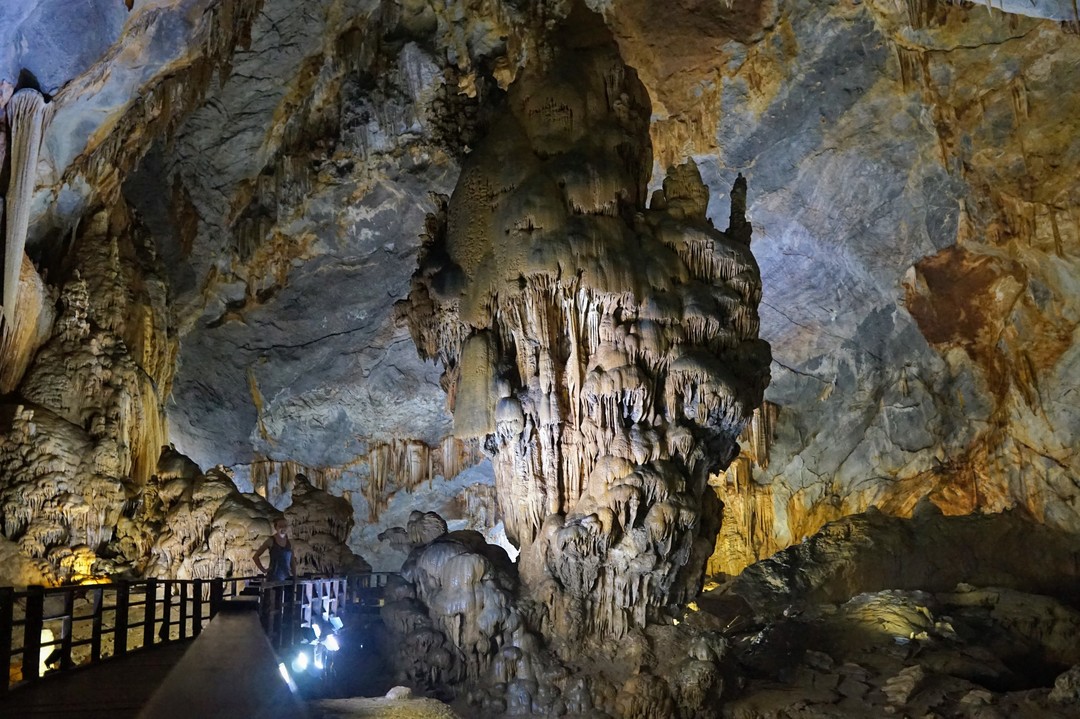
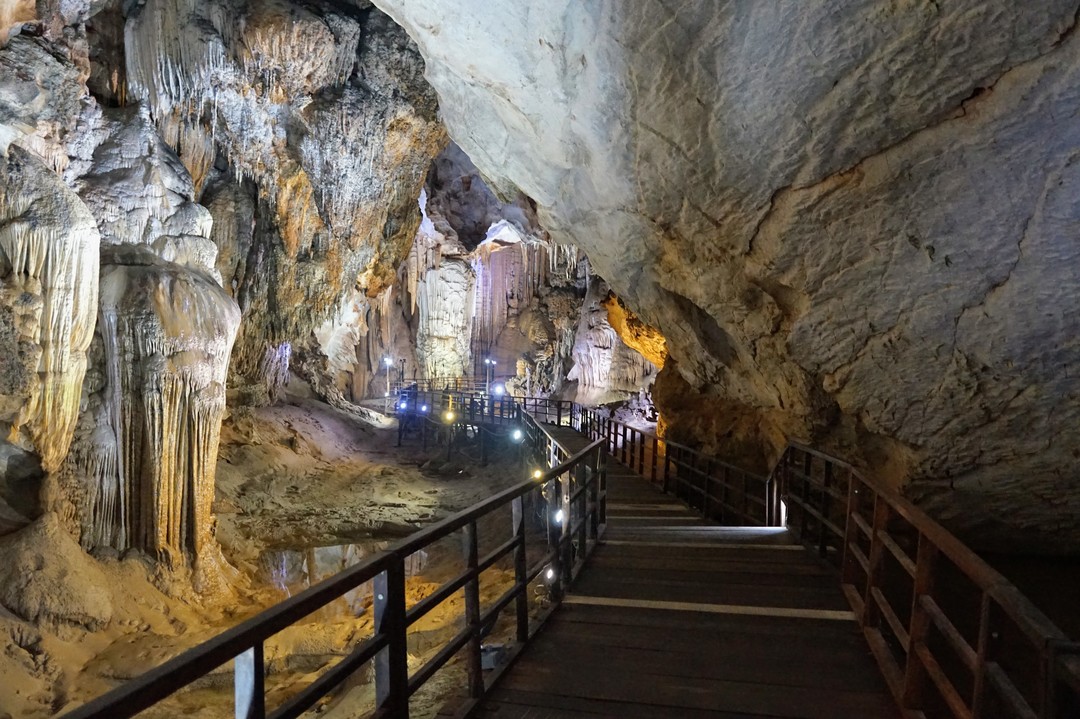
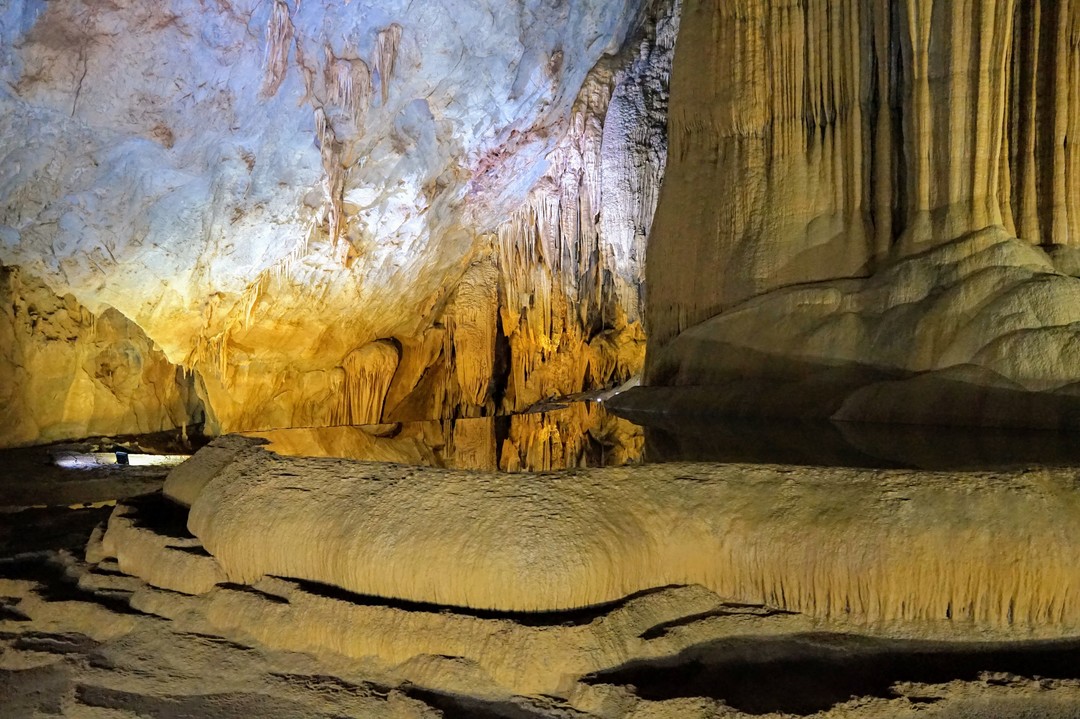
After Paradise Cave, we took the long way home with a drive through the mountainous jungle roads. This area was one of the most beautiful places we visited in all of Vietnam.
